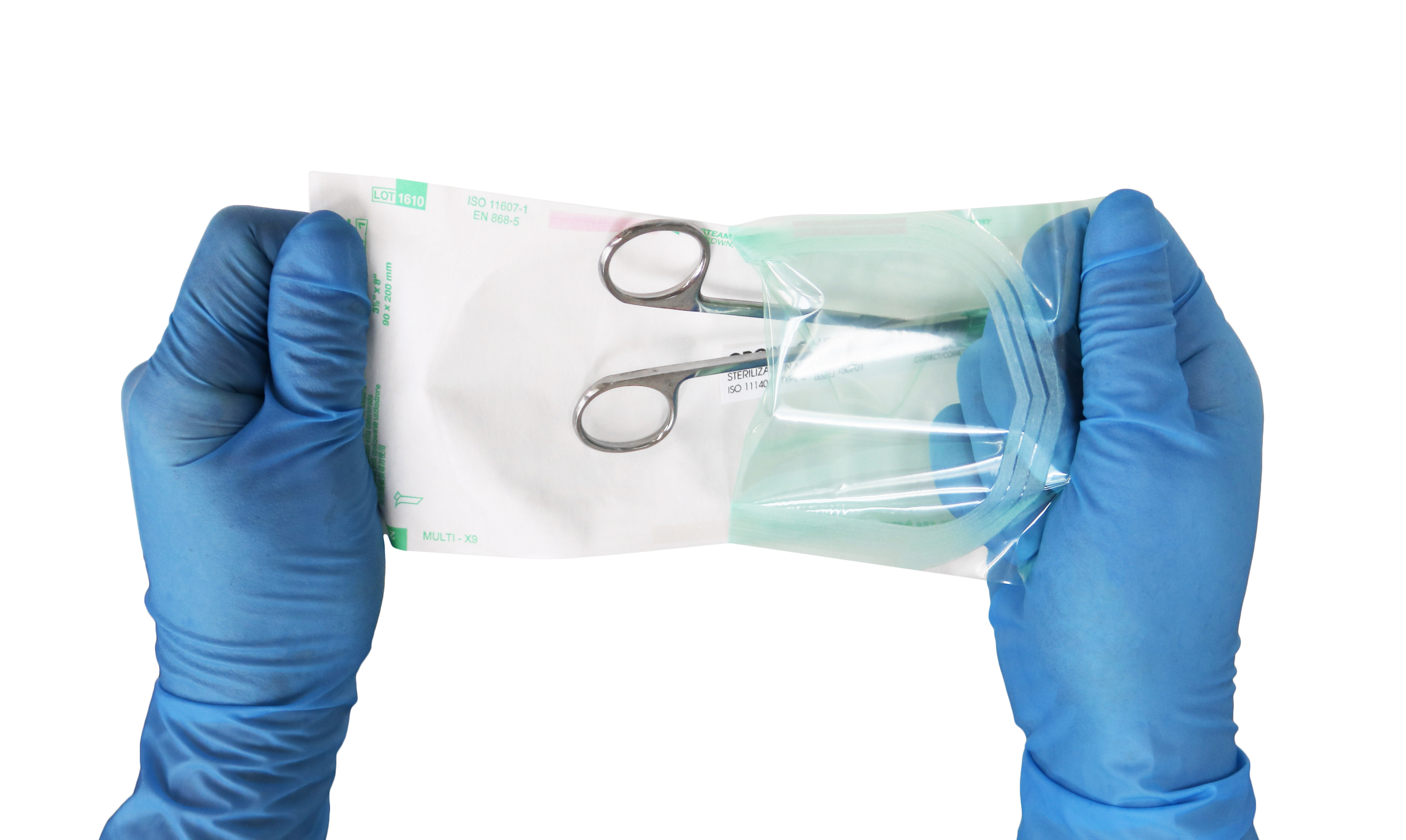A STAIN BY ANY OTHER NAME IS JUST AS DANGEROUS – ISSUE NO. 325
September 1, 2015
Last week, I wrote about stains on towels. I wasn't planning on writing this week's digest, yet again about stains, but two things happened to me within 24 hours that led me to share this update.
On Wednesday (8/26/19), I went to dinner with my family and my brother-in-law discreetly wiped his silverware once he sat down. I asked why and he said, "I always look at my silverware before I eat, and if it's dirty or has spots I wipe them off. I had never noticed him doing that before but as he said, he always does this. He also said that sometimes, if it looks really dirty, he sends it back and asks for new silverware.
On Thursday (8/27/15), I realized I'd been behind on my reading, and used some free time to catch up. Around 2pm, my eyes came across a story posted by the Seattle Times (dated 8/26/15) that a local Seattle Children's clinic warns of potential infection risk to patients and they're planning on contacting up to 12,000 patients that are possibly at risk due to surgical instruments that might not have been properly sterilized.
I feel I need to share a few quotes from the article to help make my point:
"The lapse was discovered this past Thursday, when staff examined some instruments that should have been clean but had tiny amounts of "debris" on them, said Dr. Danielle Zerr, medical director for infection control."
"Standard cleaning procedures include manual washing, followed by multiple sterilization steps, she explained. All of the high-temperature sterilization equipment was working and reached the proper temperature for the proper amount of time. The problems were in the manual-washing process."
We keep seeing these types of stories pop up about "medical devices not being sterilized properly." What gets me upset is that I keep reading about experts who focus on sterilization; saying you should EO a certain medical device, or in this quote, "utilize multiple sterilization steps." Some facilities have gone above and beyond the recommended practice with efforts to double sterilize.
Very few if any of these experts address the real problem at hand. Sterilization can not be effective if the device is not clean. Rarely (at least recently) have I heard or read any of these experts recommending that you monitor your cleaning process first. They keep focusing on the sterilization process, suggesting that this will take care of everything. Remember, if it is not clean, then re-clean it.
My observation is that the bar has been set low for monitoring if a device is clean. People think "just sterilize it", the device will be okay to use. I see so many medical devices that have stains on them after cleaning. Staff do not question the stain or they just use a test that gives them a number, and if it is below "a clean number", it is okay to use when it is visually dirty. If it is visually dirty, re-clean it. Many feel it is just a water stain (no harm) or they comment, "I have told somebody" and they've been told not to worry. When this is the case, find out what type of stain it is so you can fix your process. Stains on reprocessed medical devices are not good. They are a warning sign that something in the process is not working correctly.
Cleaning is a complex task. If you do it right each and every time, you will get the desired results: a clean and functional device. You do this by following the IFU and giving your staff the right tools. To my knowledge, every medical device IFU states, "if visibly dirty re-clean it". Facilities must complement their process by putting in a quality monitoring process for both the cleaning equipment and the medical devices.
I have reached my tipping point, I am going to show my age here but as in the movie "Network", "I am mad as hell and will not take it any more," when it comes to cleaning and spreading the word that you must get the device clean first. Please remember to focus on the cleaning process first because that is the first step in the sterilization process. If not, you can be in the headlines one day for the wrong reason.
HAVE A QUESTION?
WE ARE HERE TO HELP
Have a question about our products? Contact us today to speak directly to a Healthmark team member or shop our catalog now to request a inquiry


